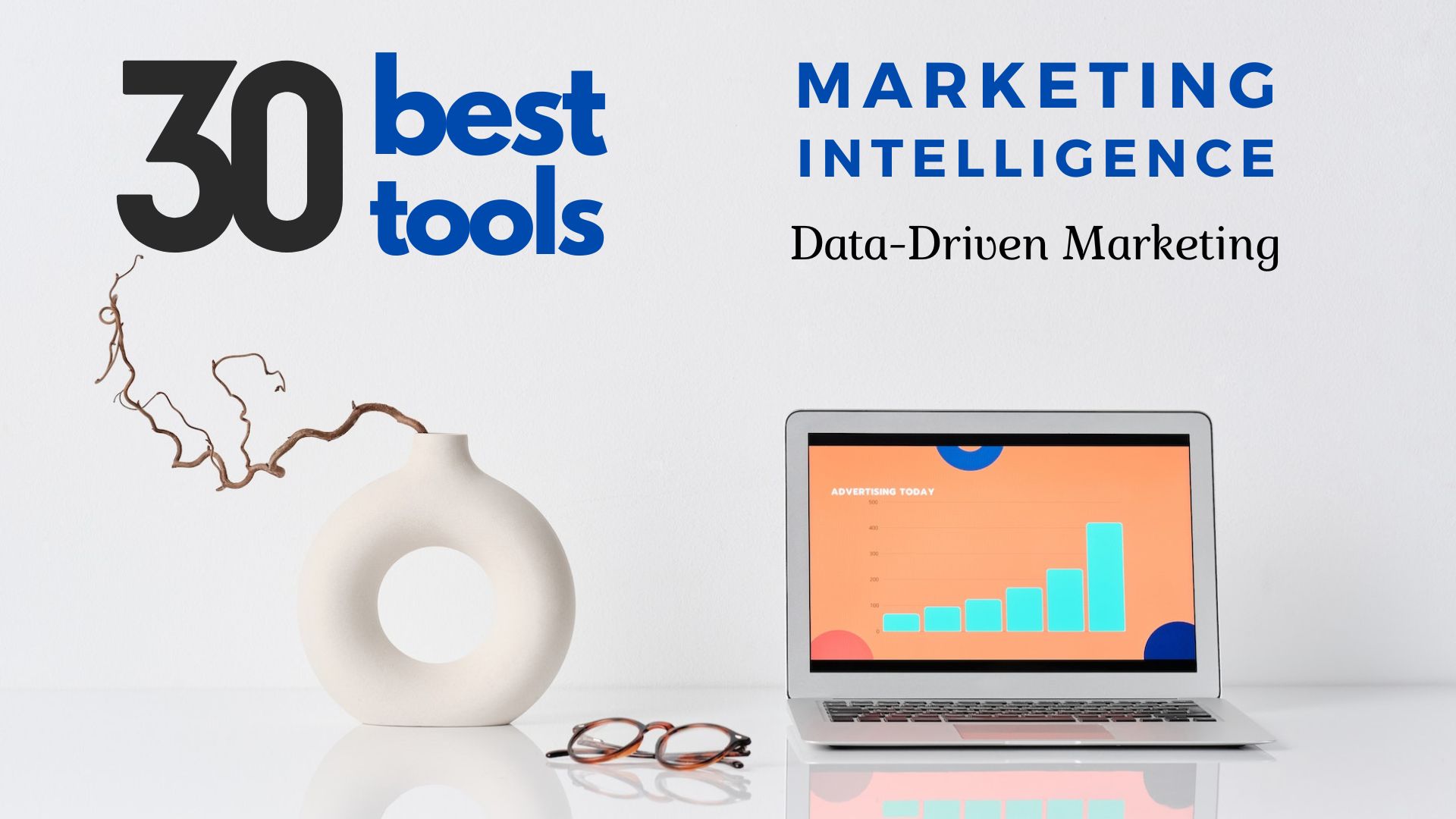Imagine this: you wake up to a firestorm of negative comments about your brand on social media. Your carefully crafted online reputation is under attack, and you have no idea how to respond.
It’s a scenario that can send shivers down the spine of any business owner or marketing manager. Social media crises can erupt from seemingly nowhere, and if not handled effectively, they can damage your brand reputation, customer trust, and even your bottom line.
But with a social media crisis management plan in place, you can navigate these challenging situations effectively and even emerge stronger.
In this guide, we’ll equip you with the knowledge and tools you need to become a social media crisis management pro. We’ll cover everything from what a social media crisis is and how to build a crisis management plan, to essential tools and best practices for navigating a crisis with grace.
So, take a deep breath, grab your metaphorical fire extinguisher, and let’s get started!
Table of Contents
What Exactly is a Social Media Crisis?
Let’s face it, not every negative comment on social media qualifies as a full-blown crisis. So, before we dive into building your battle plan, let’s get clear on what exactly constitutes a social media crisis.
In simple terms, a social media crisis is any negative event or situation that gains significant traction on social media platforms, potentially damaging your brand’s reputation.
This can encompass a wide range of scenarios, from:
- A customer service complaint gone viral: Remember the airline passenger whose epic Twitter rant about a lost luggage situation snowballed into a PR nightmare for the company? That’s a classic example.
- A product recall: If you have to issue a product recall due to safety concerns, it’s crucial to handle the communication effectively on social media to minimize the damage.
- A PR misstep: Even the most well-intentioned posts can backfire. A poorly worded tweet or a social media campaign that comes across as insensitive can quickly spark a social media crisis.
The key thing to remember is that a social media crisis is more than just a few negative comments. It’s a situation that has the potential to spread rapidly and cause significant harm to your brand.
The speed and reach of social media mean that even a seemingly minor issue can escalate quickly, reaching a large audience and causing lasting damage if not addressed promptly and effectively.

Building Your Social Media Crisis Management Plan
Alright, so you now understand the potential dangers of a social media crisis. But just like you wouldn’t enter a battle without a well-thought-out strategy, you shouldn’t approach social media without a crisis management plan in place.
Think of your crisis management plan as your fire extinguisher for the digital age. It’s there to help you douse the flames of a social media crisis before they spread and cause irreparable damage.
Here are the key elements you need to include in your plan:
1. Assemble your Crisis Team:
Imagine a superhero team, but instead of fighting villains, they’re tackling social media crises. That’s the spirit of your crisis team. This should be a group of individuals from different departments within your organization, such as marketing, communications, and customer service. Each team member should bring their unique expertise to the table to ensure a coordinated and effective response during a crisis.
2. Set Up Social Listening Tools:
In the digital world, knowledge is power, especially when it comes to social media. Social listening tools are like your early warning system, helping you track brand mentions and identify potential issues before they explode. These tools can analyze online conversations, gauge sentiment around your brand, and alert you to any negative trends brewing online.
Suggested Reading: 7 Free Online Reputation Management Tools
3. Develop a Communication Strategy:
When a crisis hits, the last thing you want is to be scrambling to figure out what to say. That’s why it’s crucial to have a clear communication strategy in place. This strategy should outline:
- What messages to communicate: What information do you need to share with your audience during a crisis?
- Who will be the spokesperson: Who will be responsible for delivering the message on behalf of your brand?
- What tone to use: Maintaining a consistent and appropriate tone is crucial during a crisis. Aim for transparency, empathy, and a genuine desire to resolve the situation.
4. Establish an Approval Process:
In the heat of the moment, it’s easy for things to get misconstrued or rushed out without proper review. To avoid any communication blunders, establish a clear approval process for all social media posts during a crisis. This ensures that all messages are reviewed and aligned with your overall communication strategy before being published.
5. Pre-Craft Messages for Common Scenarios:
While you can’t predict every crisis situation, you can be prepared for some of the most common ones. Having a few pre-written messages ready to go for scenarios like product recalls or customer service issues can save you precious time when a crisis strikes. Remember, these messages should be adaptable and serve as a starting point, not a rigid script.
By incorporating these key elements into your social media crisis management plan, you’ll be well on your way to navigating any online storm with confidence and composure.

Social Media Crisis Management Examples
The world of social media is littered with examples of both successful and disastrous crisis management strategies. By learning from these past experiences, we can gain valuable insights into how to navigate our own social media crises effectively.
Example 1: Owning Up to Mistakes with Humor
Last year, a popular clothing retailer, accidentally tweeted a competitor’s product launch announcement. Their social media team could have gone into full-blown damage control mode, issuing a sterile apology and deleting the tweet. But instead, they took a different approach.
They acknowledged the mistake, apologized with a touch of humor, and even offered a discount to their followers. This transparent and lighthearted approach helped them turn a potential crisis into a positive moment, showcasing their sense of humor and willingness to admit their mistakes.
Example 2: The Importance of Prompt and Transparent Communication
On the other hand, this year, a major airline, faced a social media firestorm when a customer’s luggage went missing. Their response? Silence. They ignored the customer’s complaints on social media for days, hoping the issue would simply disappear.
Unfortunately, the opposite happened. The customer’s story gained traction online, turning into a full-blown PR nightmare for the airline. This case study highlights the importance of prompt and transparent communication during a crisis. By ignoring the issue, the airline only amplified the negative sentiment and damaged their brand reputation.
These two contrasting examples perfectly illustrate the power of effective social media crisis management. While one brand managed to salvage the situation with a quick, honest, and humorous response, the other’s silence and inaction exacerbated the crisis and tarnished their image.

Essential Tools for Social Media Crisis Management
Now that you’ve grasped the importance of a crisis management plan and learned from real-world examples, let’s explore the essential tools that can equip you to handle any social media crisis with grace:
1. Social Listening Tools:
These powerful platforms act as your digital ears, constantly monitoring the online conversation about your brand. They help you:
- Track brand mentions: Identify whenever your brand is mentioned online, across various platforms and even in niche communities.
- Analyze sentiment: Understand the overall sentiment surrounding your brand, whether it’s positive, negative, or neutral.
- Identify emerging issues: Spot potential problems early on before they escalate into full-blown crises.
Popular social listening tools include Brandwatch, Sprout Social, Mention, and Hootsuite.
2. Collaboration Platforms:
Effective crisis management requires seamless communication and collaboration within your team. Collaboration platforms like Slack or Microsoft Teams facilitate this by providing:
- Real-time communication: Your crisis team can share information, discuss strategies, and make decisions in real-time, ensuring everyone stays on the same page.
- File sharing: Easily share relevant documents, images, and videos within the platform, keeping everyone informed and prepared.
- Group discussions: Create dedicated channels for specific crises, allowing focused communication and brainstorming among team members.
3. Content Scheduling Tools:
During a crisis, you might need to adjust your pre-planned social media content to avoid appearing insensitive or tone-deaf. Content scheduling tools empower you to:
- Pause or reschedule posts: Quickly put a hold on any scheduled posts that might clash with the crisis situation.
- Draft and approve new content: Collaborate with your team and get crisis-related messages reviewed and approved efficiently within the platform.
- Monitor post performance: Track how your crisis communication resonates with your audience and adjust your strategy accordingly.
Tools like Buffer, Hootsuite, and Sprout Social offer content scheduling functionalities alongside other social media management features.
By utilizing these essential tools, you can streamline your crisis response, enhance communication within your team, and maintain control over your social media narrative even during challenging situations.

Social Media Crisis Management Best Practices
So, you’ve assembled your crisis team, equipped yourselves with the right tools, and crafted a rock-solid plan. Now it’s time to delve into the actionable steps you can take to navigate a social media crisis effectively. Here are some crucial do’s and don’ts to remember:
Do:
- Respond quickly: Time is of the essence. Acknowledge the issue promptly within a reasonable timeframe, showing your audience you’re aware of the situation and taking it seriously.
- Be transparent: Honesty is always the best policy. Be forthcoming about what happened, even if the news isn’t ideal.
- Apologize sincerely: If you’ve made a mistake, take full responsibility and offer a sincere apology. Owning up to your errors demonstrates humility and fosters trust with your audience.
- Communicate clearly: Use simple, easy-to-understand language and avoid jargon. Ensure your message is clear, concise, and consistent across all communication channels.
- Be empathetic: Show your audience that you understand their concerns and that you care about their experience. Acknowledge their frustration and demonstrate a genuine desire to resolve the situation.
Don’t:
- Ignore the issue: Ignoring a social media crisis will only make it worse. The longer you wait to address the situation, the more it will snowball and damage your reputation.
- Delete negative comments: This can make you look defensive and inauthentic. Instead, address negative comments directly, offering helpful information or expressing your understanding of their concerns.
- Engage in arguments: Avoid getting into online arguments with users, as this can escalate the situation and make you appear unprofessional. If someone becomes overly aggressive, politely disengage from the conversation and offer to address their concerns privately.
- Make promises you can’t keep: Don’t make any promises you can’t realistically fulfill. Be honest and upfront about what you can and cannot do to resolve the situation.
By following these do’s and don’ts, you can ensure your social media crisis communication is effective, responsible, and ultimately helps you rebuild trust with your audience. Remember, even in the midst of a crisis, maintaining a positive and helpful approach can go a long way in mitigating the damage and emerging stronger on the other side.

Conclusion
Social media crises, while daunting, are an inevitable part of the digital landscape. But with the right preparation, tools, and approach, you can navigate these challenges effectively and even emerge stronger.
Remember, the key lies in proactive planning, swift action, and transparent communication. By building a robust social media crisis management plan, equipping yourself with the necessary tools, and adhering to the best practices outlined in this guide, you can transform a potential disaster into an opportunity to demonstrate your brand’s resilience, build trust with your audience, and solidify your position as a responsible and customer-centric organization.
So, take a deep breath, stay calm, and remember – with the right strategies in place, you can weather any social media crisis and come out shining on the other side.

Ali is a digital marketing blogger and author who uses the power of words to inspire and impact others. He has written for leading publications like Business2Community, Inc. Magazine, and Marketing Profs. When not writing, he enjoys spending time with his family.
